Economic and Market Volatility
- Market volatility of oil and natural gas prices
- Rising production costs due to depletion of easily accessible reserves
- Capital investment scrutiny by investors
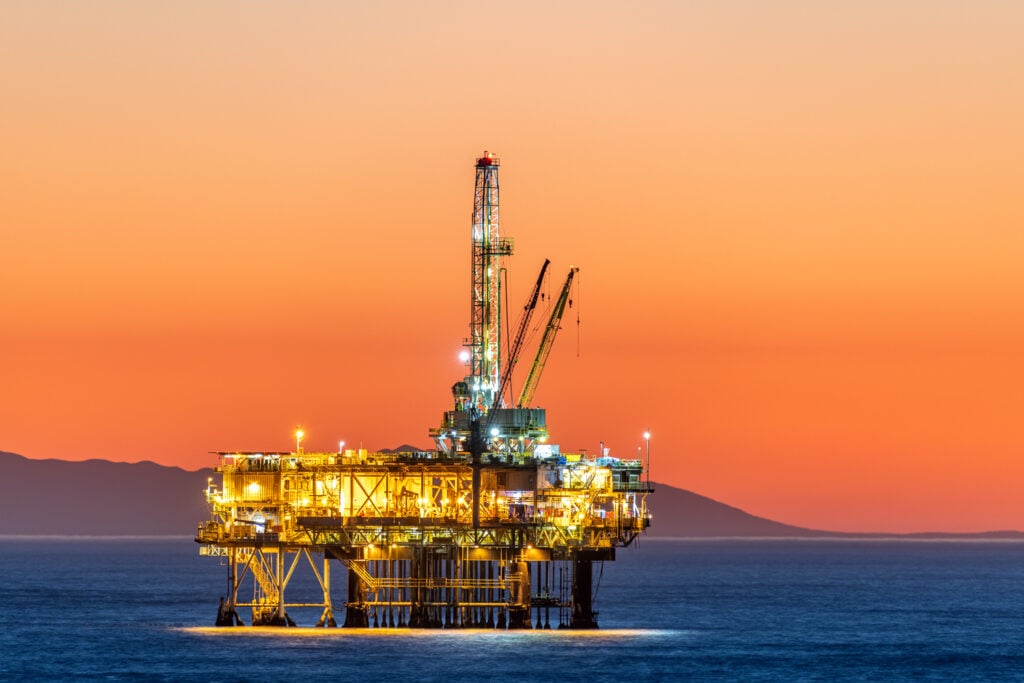
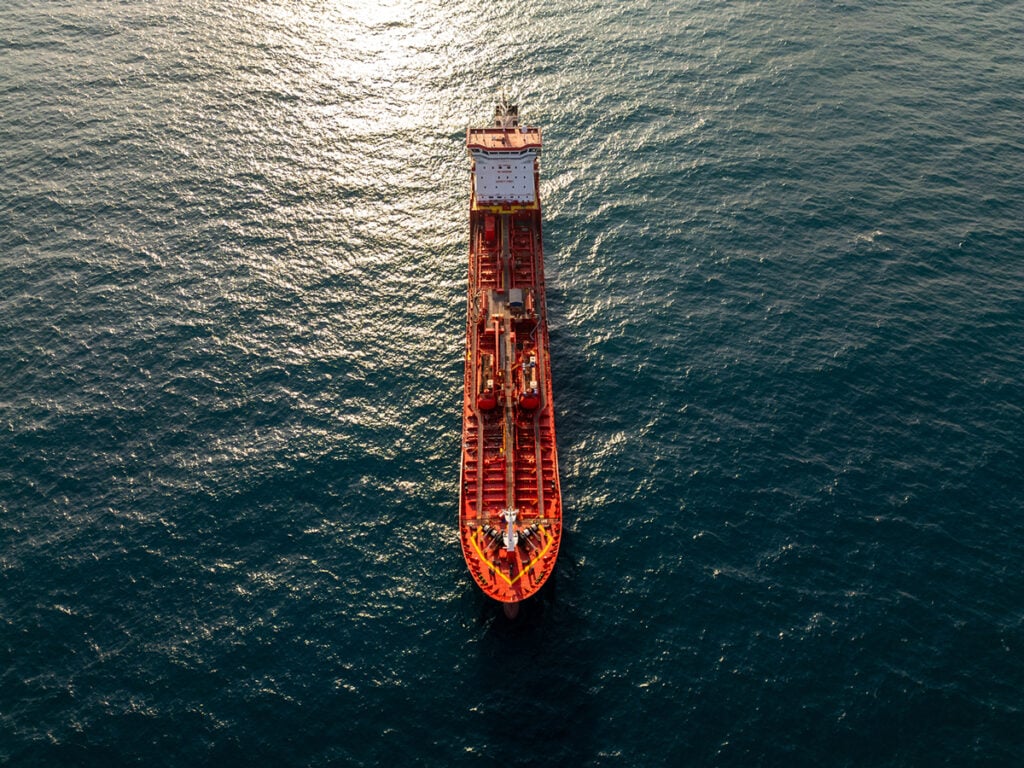
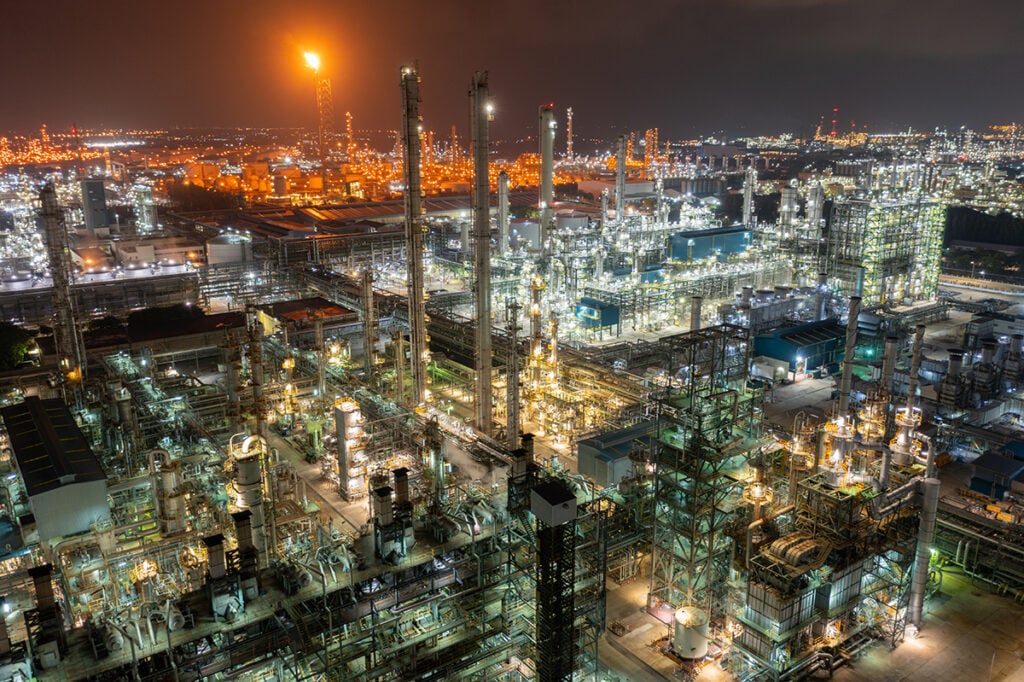
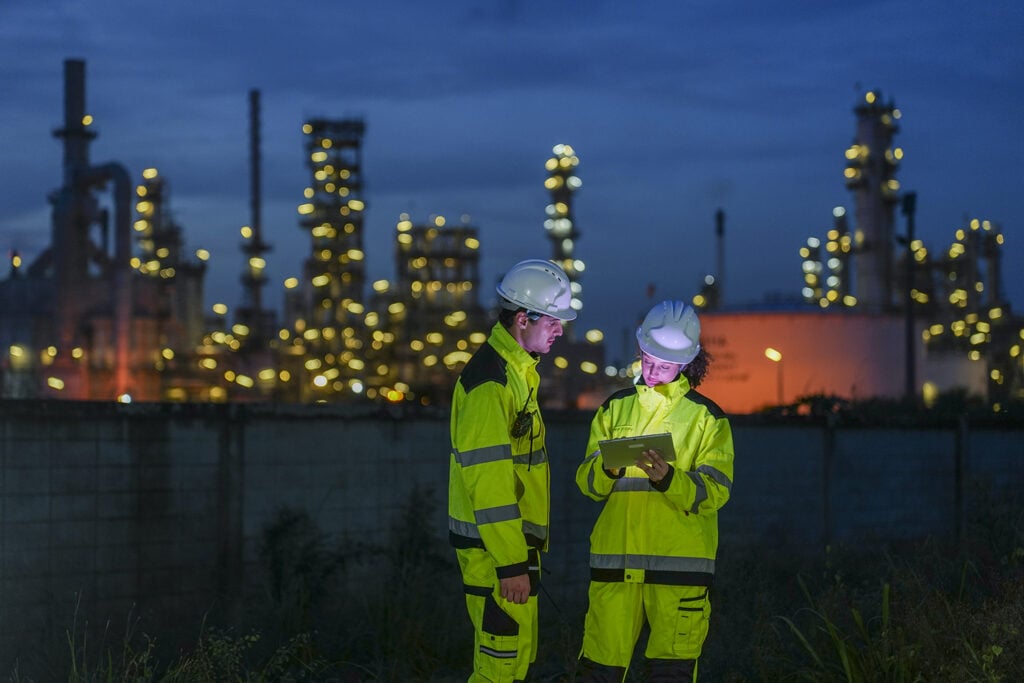
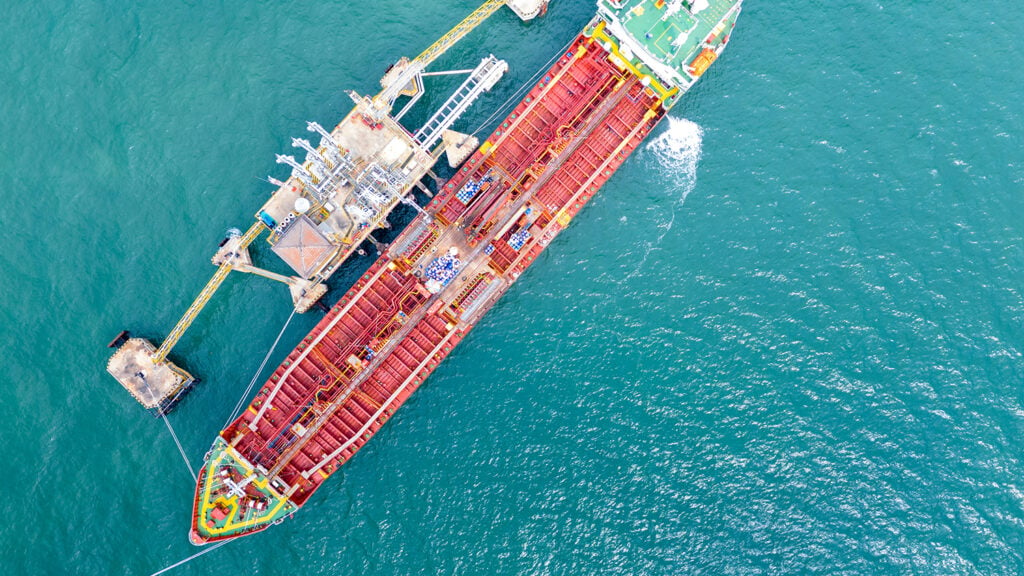
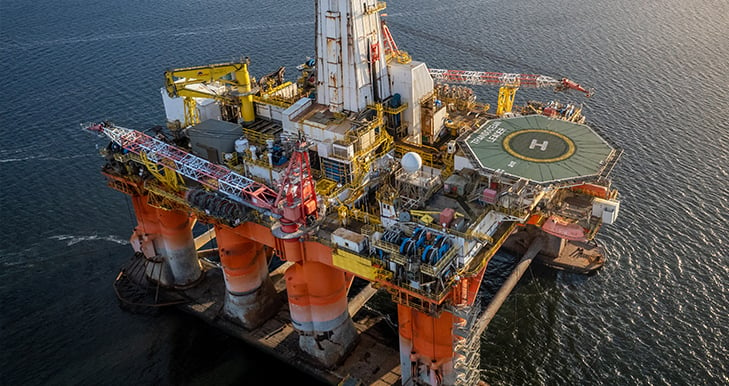
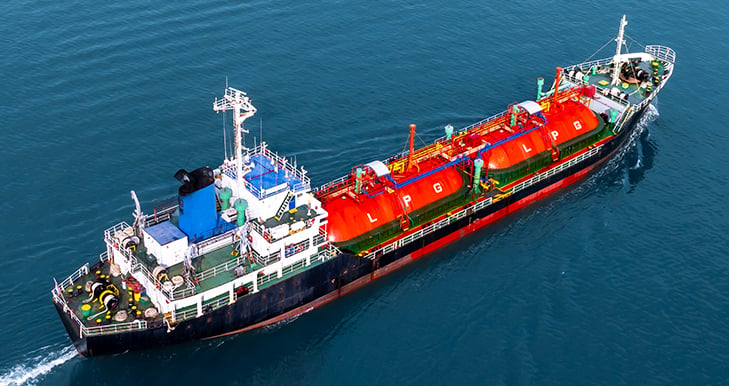
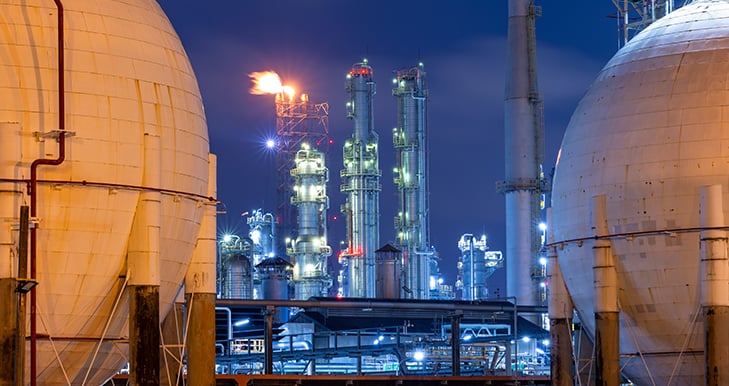

Board Member
General Allen is a retired United States Marine Corps four-star general and former Commander of the NATO International Security Assistance Force and U.S. Forces – Afghanistan. In 2014, Gen. Allen was appointed by President Barack Obama as special presidential envoy for the Global Coalition to Counter ISIL (Islamic State of Iraq and the Levant).